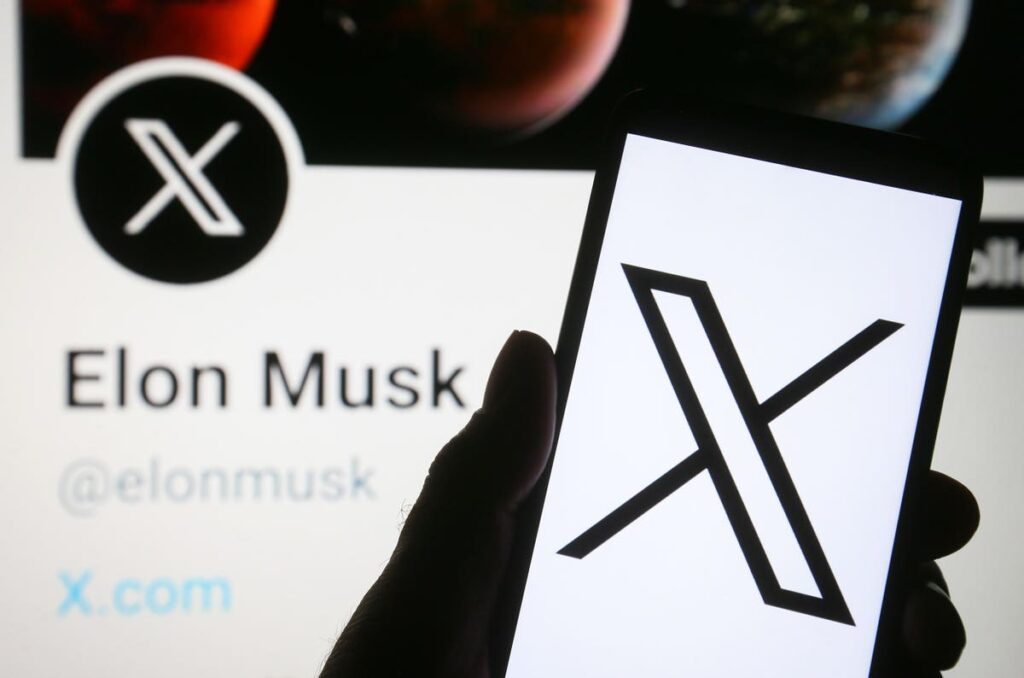It’s been less than a week since Elon Musk changed the name of Twitter to X and tweets to xeets but the early read on the rebranding has so far been more of a punchline than a celebration. It didn’t have to be this way and wealth management firms and wealthtechs looking to rebrand for the next phase of their business can learn from — and avoid — Musk’s mistakes.
Rebrandings are not uncommon in the business world. Sure, there are the many that made the transition to distance themselves from scandal: Valeant Pharmaceutical became Bausch Health in 2018 following drug price-hiking controversies while Philip Morris became Altria in 2003 to de-emphasize its association with tobacco. But many rebrandings are a reflection of changing times. Weight Watchers switched WW in 2018 to place greater emphasis on its new tagline “Wellness that Works” versus a focus on the scale while Dunkin’ Donuts became just Dunkin that same year, as beverages became a greater portion of its revenue.
And then there are the rebrandings that happen due to necessity. Mergers are common in the financial services world and companies often want the name of the new entity to reflect both cultures. Just look at Truist Financial
TFC
Regardless of the circumstances behind the change, rebrandings can be successful so long as management teams have a solid strategy in place. For wealth management firms considering a change, that starts with answering three questions: why, what, and how.
Why is a name change necessary? In the case of Twitter, now called X, it is tough to say if the company needed a rebranding. Prior to Musk’s acquisition in 2022, Twitter failed to delight Wall Street as a publicly traded company. It was part of the global conversation but was unable to monetize its user base like its closest peer, Facebook, which rebranded as Meta in 2021. Before and since Musk’s acquisition, Twitter has been criticized for simultaneously censoring free speech and allowing conspiracy theories to remain unchallenged. Users have also complained of cyber bullying. For a platform that depends on user engagement for its success, a name change alone is not enough to fix these problems.
The lesson for wealth managers and wealthtechs considering a name change is to make sure that a new name isn’t a hastily applied bandaid for a more structural problem at the firm. If a rebrand is necessary, it should be done when there is light at the end of the tunnel of a reorganization, and not before blueprints are even drafted.
What should the new name be? It’s tough to fault Musk too much here. Musk has a long history with the letter X. In 1999 he co-founded X.com, one of the early online banks that, through acquisition, eventually became PayPal
PYPL
For advisors, the takeaway is to make sure that the new name matches the capabilities of the firm today and where it can go.
How should the rebrand happen? Any grace that is given to Musk on choosing to name Twitter “X” is quickly erased by how he went about doing it. A cynic could say that because we’re talking about it, he won the attention war but beyond that, it’s been a disaster.
Too many basics were missed at rollout: several spots on “X” still referenced “Twitter” and “tweets,” the company failed to secure the @x handle on its own platform, it lacked the permits to remove the “Twitter” sign from its San Francisco headquarters, and according to Reuters reports, both Microsoft
MSFT
Even if a name change has to happen under duress, it should always be done with care. A rebranding is a chance for a company to regain control of its story. Right now, Twitter’s …err, X’s story… is mockingly being told by others.
Links:
Read the full article here













